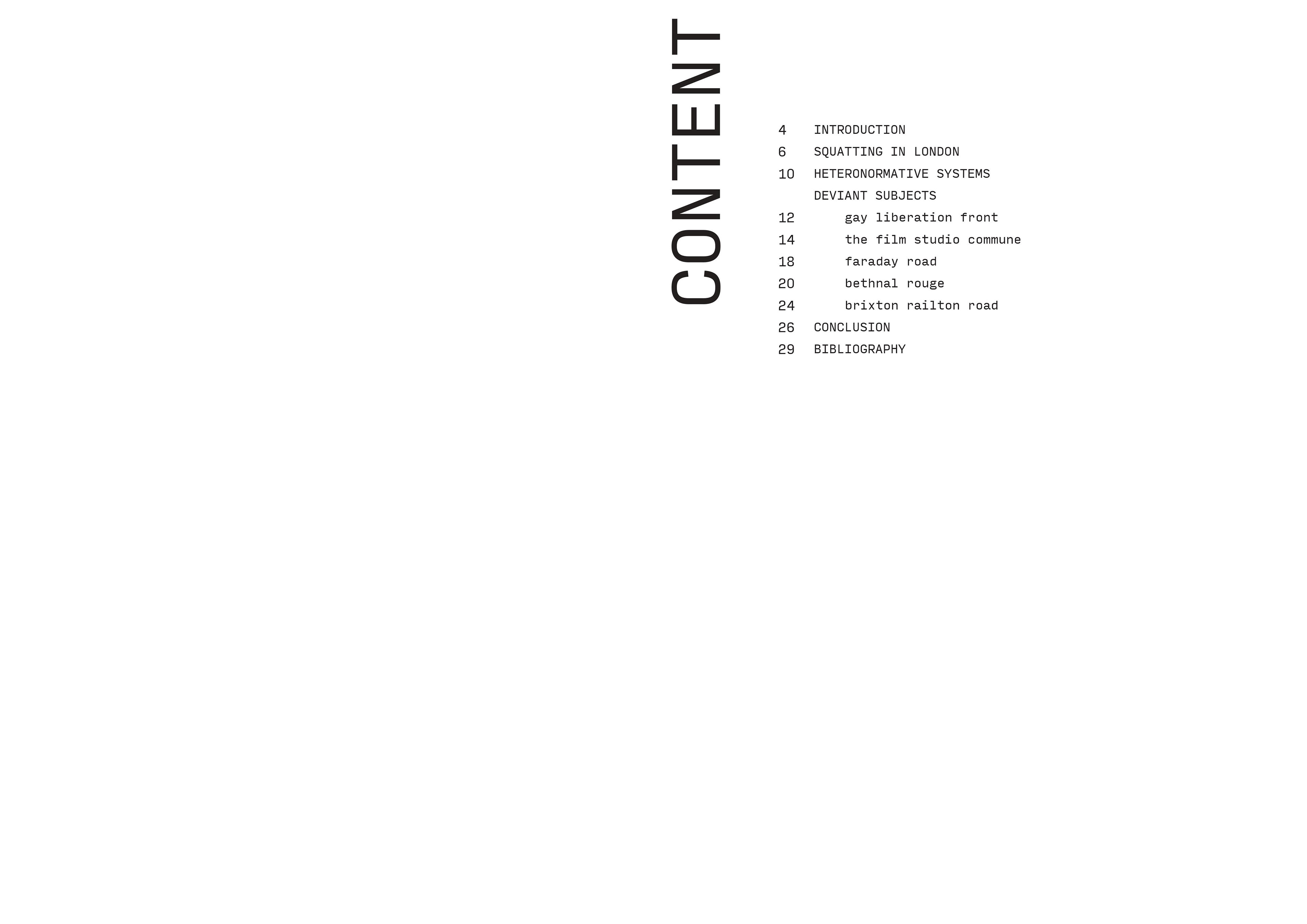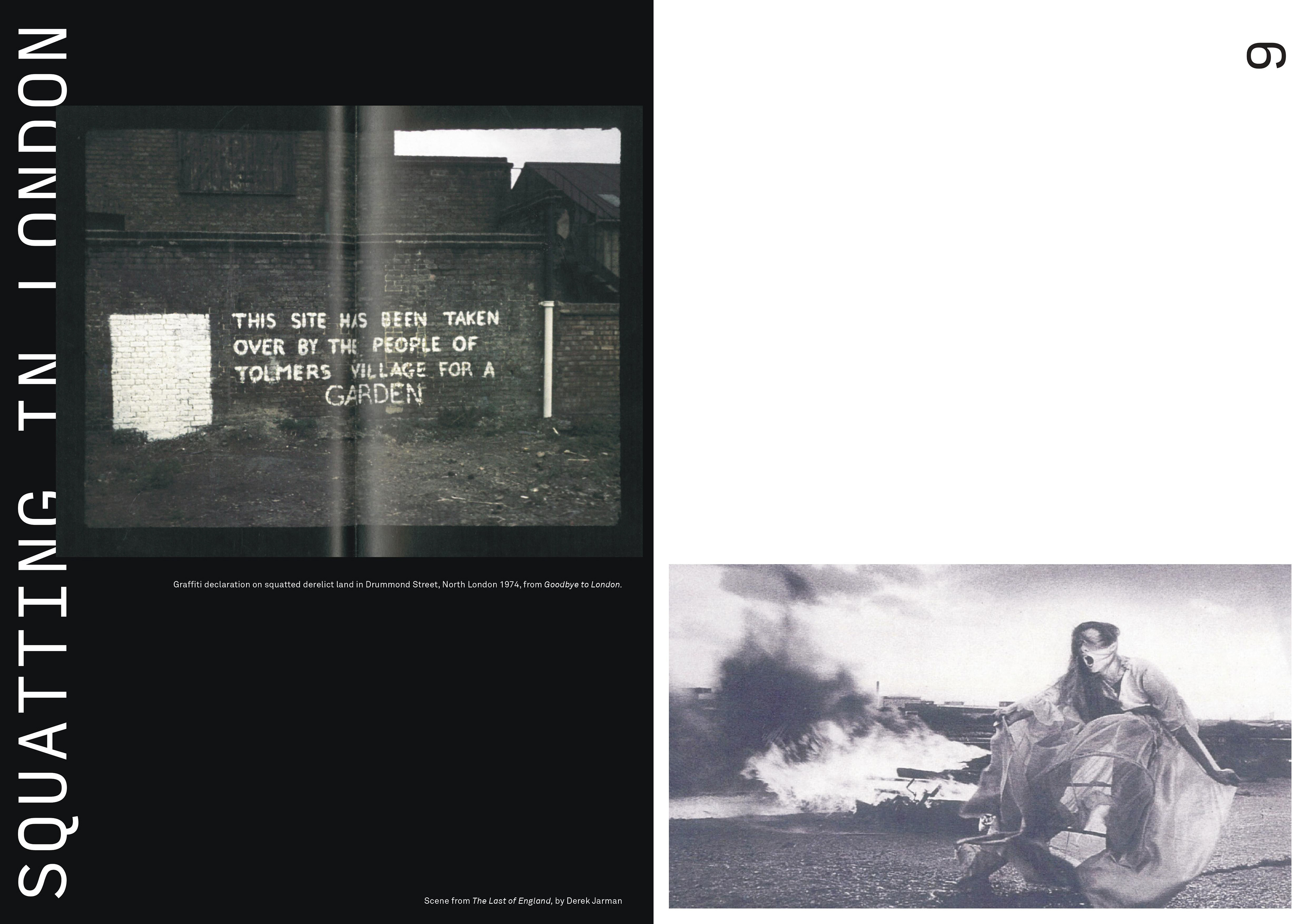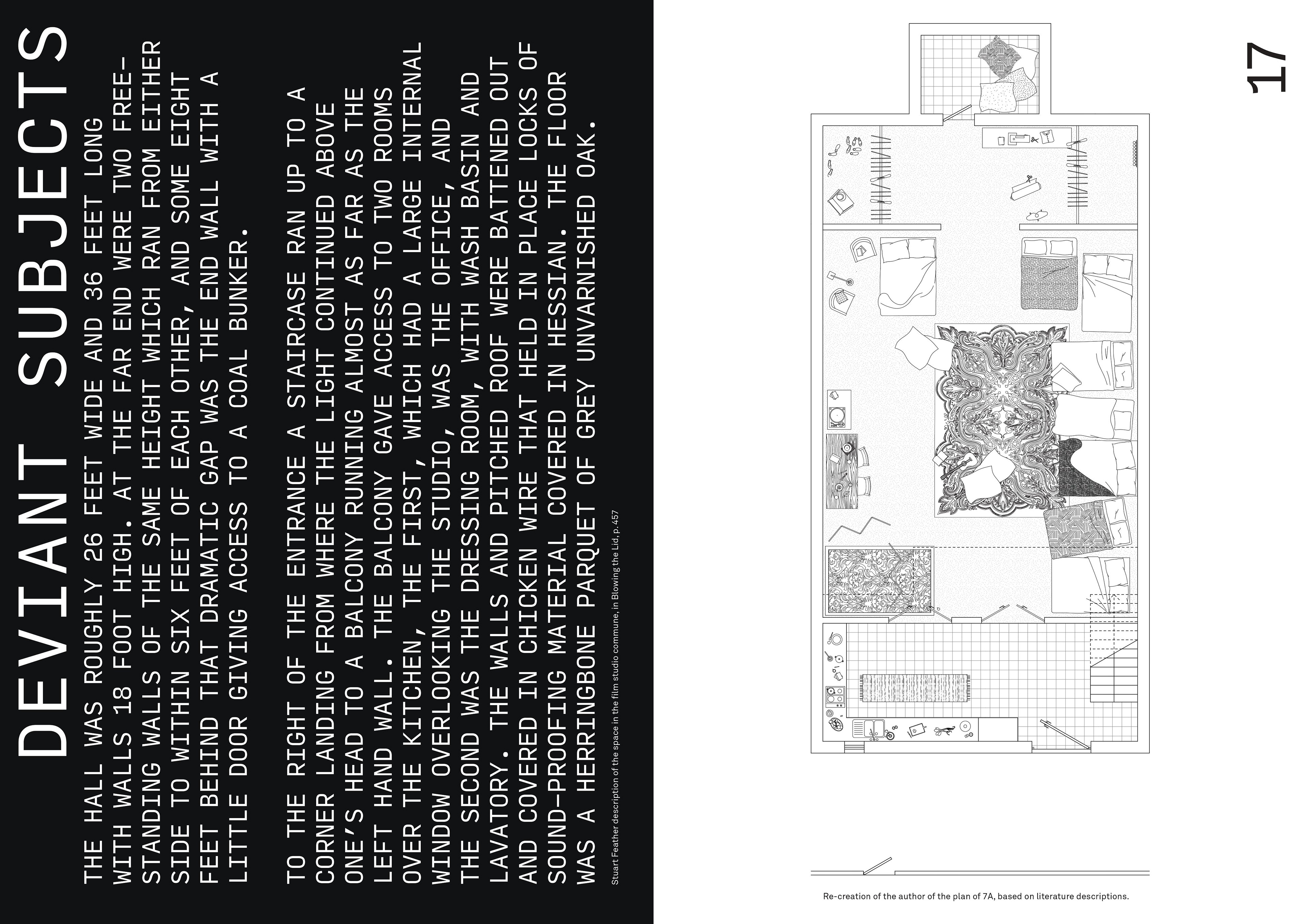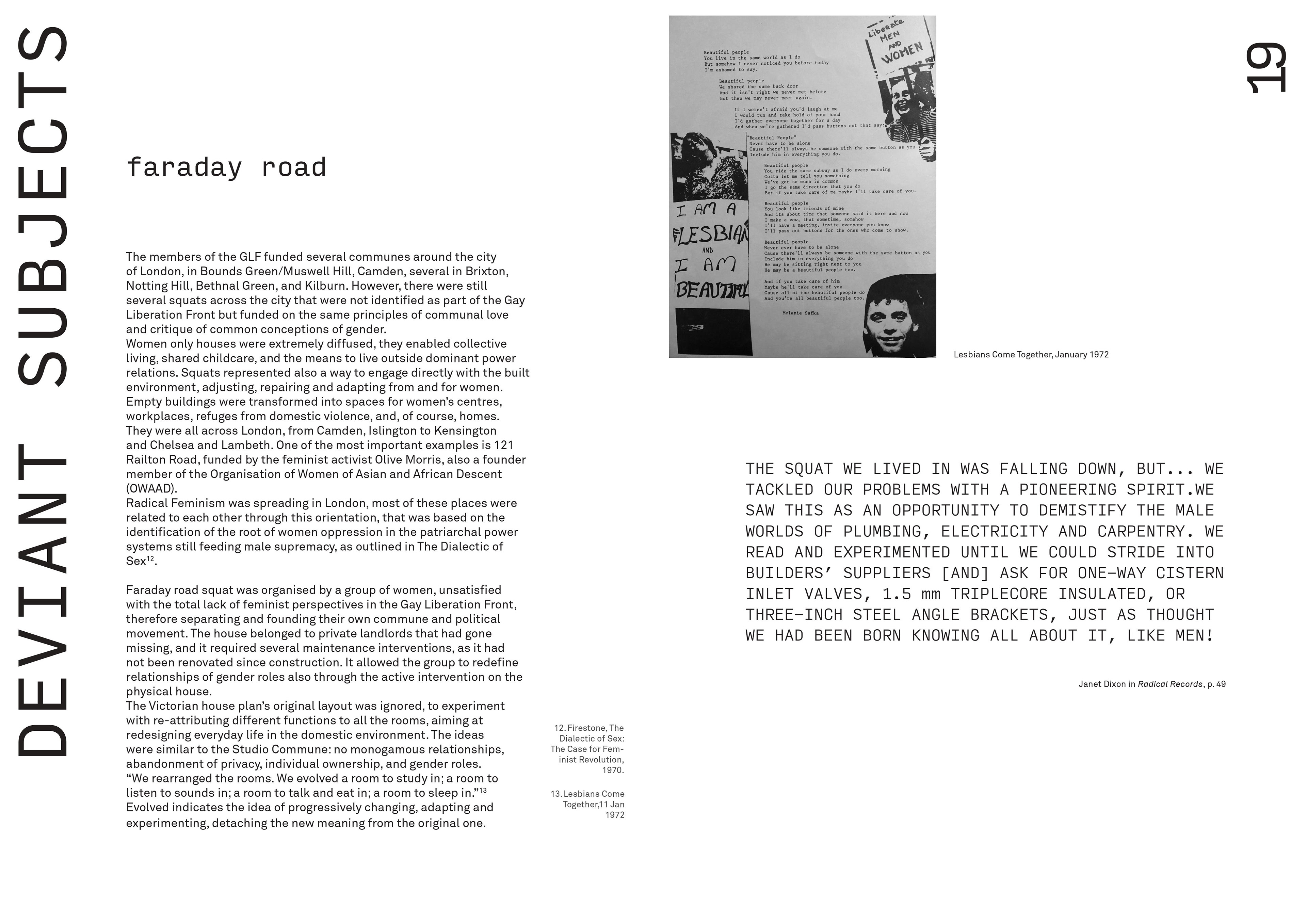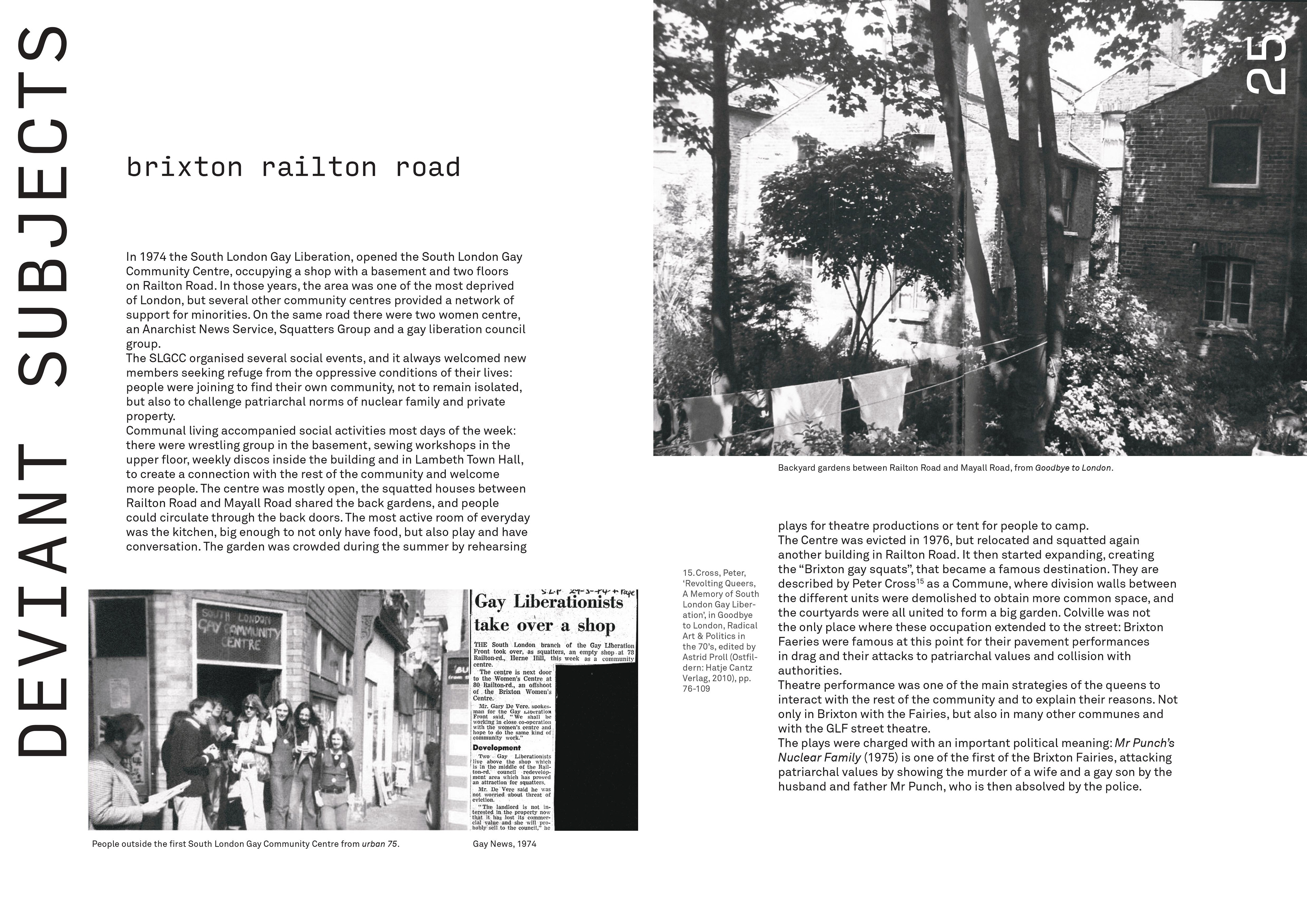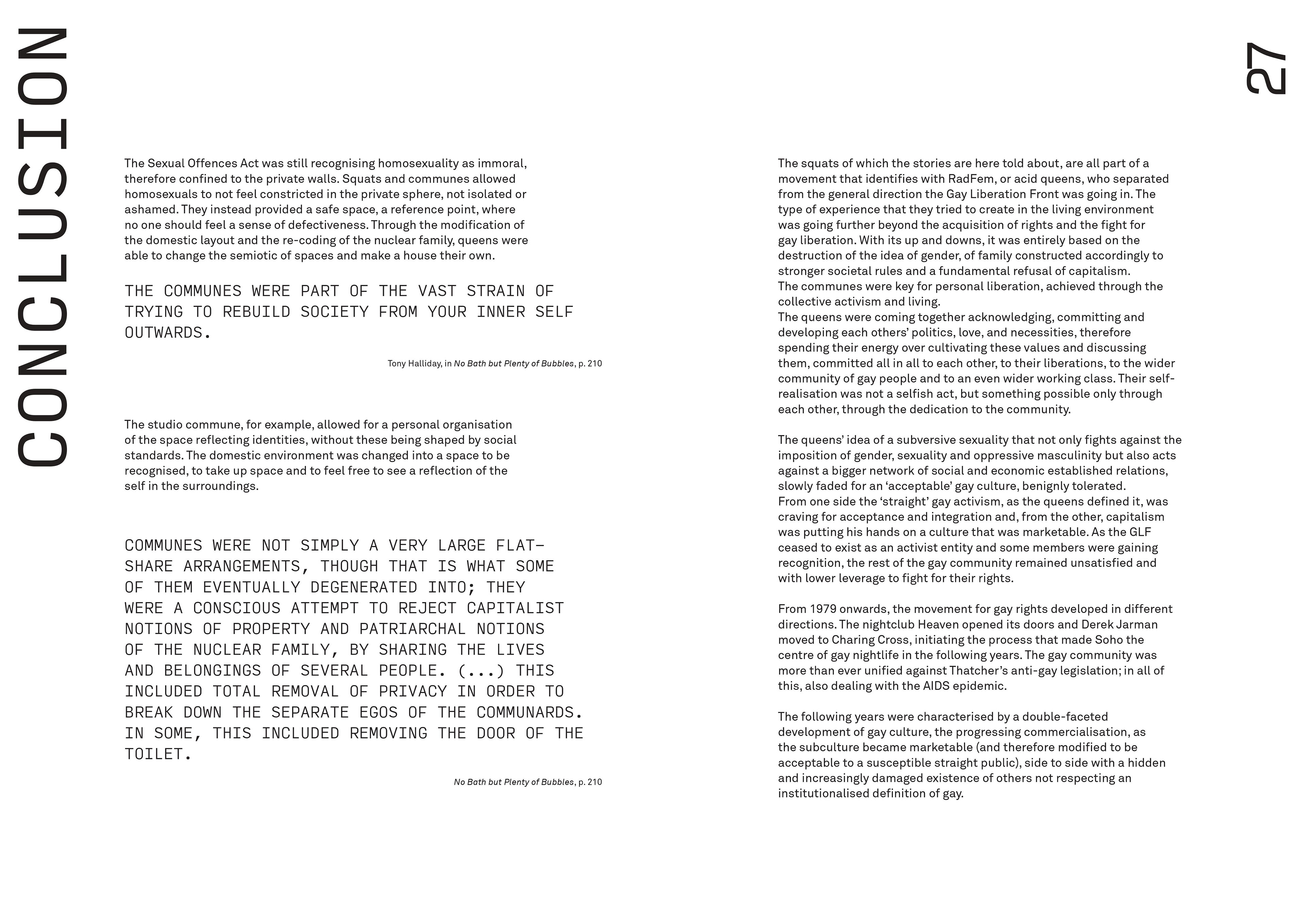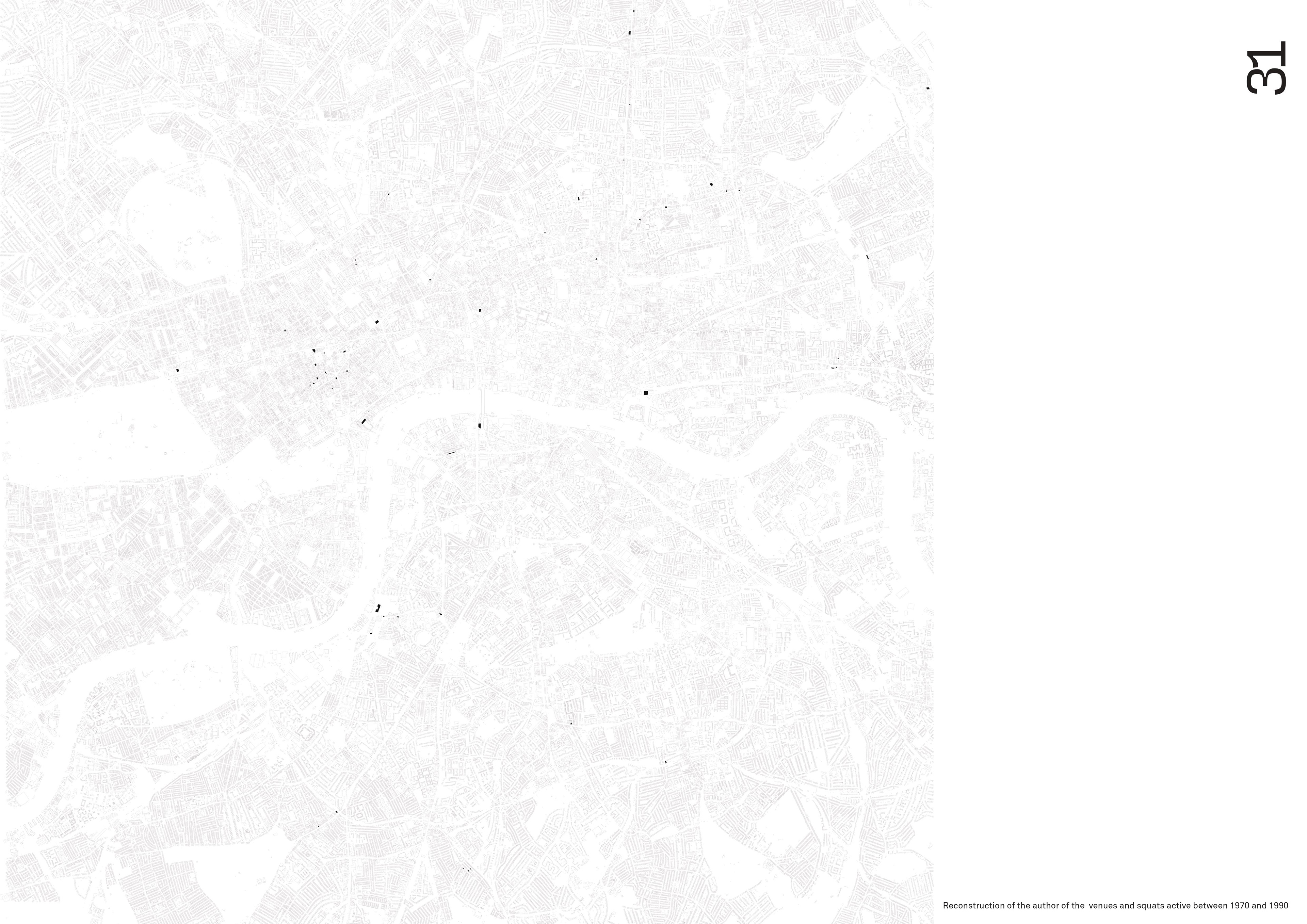Life in the communes of London in the 1970's and the Gay Liberation Movement
The commune at 7A, clockwise from the top: Lewis Rabkin, Bette Bourne, Mick Belsten, a visitor, Michael James, John Church, Stuart Feather, Tim Bolingbroke, Stephen Crowther, Nigel Kemp and Julian Hows on the top left.
In London, 197O was the year of the foundation of the Gay Liberation Front, an offshoot of the American Gay Liberation Front, born the year before.
The city was shaped by different and opposing factors: a down spiralling financial system, preceding the radical economic policies of Margaret Thatcher; a modern state pushing the built environment towards a productive, efficient and alienated society; a cultural fermentation at the margins of society, with the rise of punk, the squatting movement and the attempt, of many new generations, to create and lead a different kind of lifestyle, far from the state-enforced social norms.
Gay communes were an important point of reference for the homosexual community, providing at first a refuge and base point in order to find one’s own significance of the word ‘family’, but also a way to be recognised and seen in the built environment as not obeying to standard and enforced definitions of sexuality and identity.
The squats were also a chance to appropriate a typical home layout, designed by several years of heterosexual domination and beliefs, and deconstruct it, reorganise and recode it, by switching rooms order, demolishing walls between units, and simply distributing mattresses on the floor.

